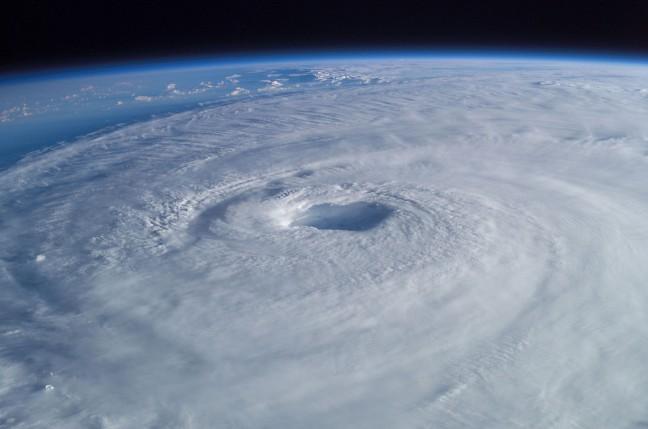While the total number of hurricanes will go down in the future, climate change will actually worsen their severity and large cities might not be able to tolerate their impacts, a Massachusetts Institute of Technology professor said on campus Tuesday.
Kerry Emanuel, professor of Earth, atmosphere and planetary sciences at MIT, gave a lecture at the Wisconsin Institutes for Discovery on the increasing risks of hurricanes due to climate change.
Climate warming presents a significant risk to future generations due to uncertainty about its magnitude, Emanuel said.
“Climate change entails a low, but not tiny, risk of catastrophic outcomes,” he said. “Among the myriad risks posed by climate change are changes in extreme events, including hurricanes.”
Atmospheric scientists worry what will happen when the carbon dioxide content of the atmosphere increases from burning fossil fuels, thereby warming the planet and affecting weather phenomenon across the world, Emanuel said.
“We’re performing an enormous experiment and making a huge gamble for future generations because we don’t know how [climate change] will turn out,” Emanuel said. “One of the interesting sub problems of this is, ‘What’s going to happen to hurricanes?’”
Wind itself causes mass destruction, but the lethal aspect comes directly from the storm surge, an abnormal rise of water generated by a hurricane, Emanuel said. Fresh water flooding, caused by heavy rain, is another major risk, he said.
Hurricane risk assessments are based off the history of events in a particular region, Emanuel said. Only eight storms have caused more than half of the damage in the United States since the 19th century, and more than 90 percent of the total damage has been caused by high intensity, high category storms, he said.
“Eight, it not a very big number to work with when assessing risk, and that’s for the whole United States,” Emanuel said. “Statistics on United States hurricanes are not up to the task of assessing hurricane risk.”
Scientists predict that the most intense hurricanes in the future will be even more intense than the ones today, Emanuel said.
As the Earth warms, the total number of hurricanes will go down, which may seem like a good thing, Emanuel said, but the ones that will remain will be stronger.
“The problem is that almost all the damage that’s been done historically by hurricanes has been done by grand daddies, the really big ones,” he said.
MIT has developed a risk assessment approach to predict hurricane intensity in the future climate, Emanuel said. The approach will predict rain intensity and assess freshwater flood risk, he said.
MIT professors used this approach to analyze Hurricane Sandy. They predicted Sandy was a 1 in 500 storm event, but in the future climate, storms with similar severity in similar locations are likely to happen every 40 years.
Scientists will use this risk assessment to determine storm statistics for future climates.


